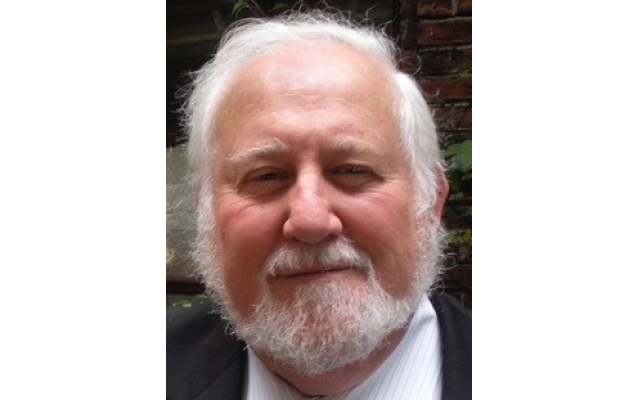Silent Speech
On Shabbos, I walk to services. My usual path is through my neighbor’s yard, and on schedule.
On Shabbos, I walk to services. My usual path is through my neighbor’s yard, and on schedule. This week, their dogs ran around me barking. They know me by now, so I took their barks as a sign of hello. As I left their yard, it occurred to me that the dogs were speaking to me in the only way they could.
As I walked to the synagogue, I admired how beautiful the day was, a perfect temperature with birds chirping, the only way the birds and the earth could speak. At the crosswalk to the shul, the white lines on the street were clearly speaking in their own way telling cars to stop for pedestrians, and in due course, a car did stop for me to cross the street.
As I entered the synagogue, I saw a man and woman that I knew in animated conversation with each other, and as I approached them, they both stopped to smile at me and nodded their heads to say hello. I nodded and smiled back, and once I passed them to enter the sanctuary, they continued their conversation.
I quietly went into the men’s closet to find my tallis, and as I put it on, it reminded me of a story that Rabbi Emanuel Feldman once told. It was a story about a tallis that was crying because the family had left for their synagogue without taking their tallis. I put my tallis on knowing that today my tallis would be happy to be worn to do the service it was meant to do.
As I walked to the seat I usually take in the third row, the congregation was standing and it was crowded where I usually sit. The size of the congregation told me that I had better find another seat, so I walked toward a seat in the fifth row. Two men were standing near the aisle in that row, and once they saw me, one of them waved his hand to invite me to join them. When I stopped at their aisle, they noticed that I couldn’t get by, so they walked into the aisle so I could pass them. Without a word I joined them.
As I was about to take my seat, Rabbi Emanuel Feldman, who sits in the second row and was visiting from Israel, knew that I usually sit just behind him, pointed to my third-row seat with his open hand indicating that there was room for me. His smile and his hand beckoned me, but I smiled and took a seat in the fifth row.
As I sat down, the man on my left, who I knew, greeted me with a handshake and a smile on his face, clearly indicating that he was happy to share the row with me. We didn’t say a word. Once seated, I turned my head to the davening that was going on and noticed that a friend had noticed me from 50 feet away, bowed his head at me ever so slightly to indicate an unspoken hello. I did the same to him.
As I thought about all those unspoken occurrences, I turned my head to look at the two bronze yahrzeit plaques on the wall that have my mother’s and father’s names on them. It remined me that my father was gone over 50 years, but I recalled that he once jumped into a pond in Central Park in Manhattan wearing a suit and a watch to save a little boy who had fallen into the water that was over his head. And looking at my mother’s plaque reminded me that she was gone over 25 years, but often would call me to say hello to remind me to stay in touch. I missed them both.
From the time I left my home, it had taken me about 5 minutes to walk to the synagogue and be seated, and in that time, I had 11 different encounters, all very positive without a word being spoken. I put that thought away in my head to remind me that there are many ways to speak without using words, and they can be very meaningful. There is much that is said without a word being spoken.
The Bottom Line: You can say a lot with a smile, a hand motion or a nod. Without a word, your body will speak for you.




comments